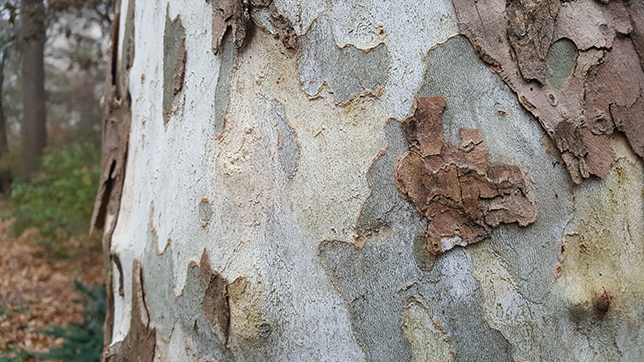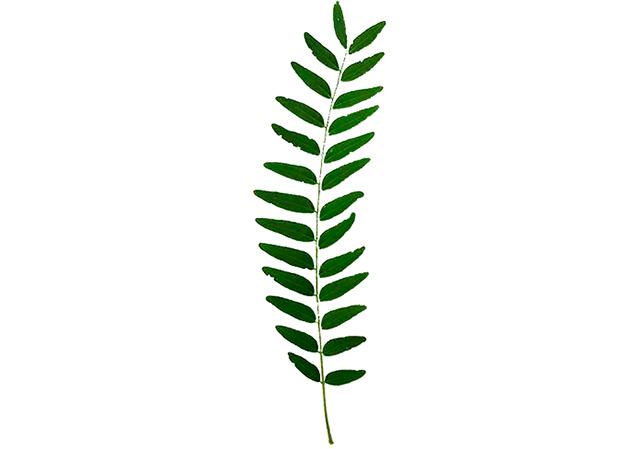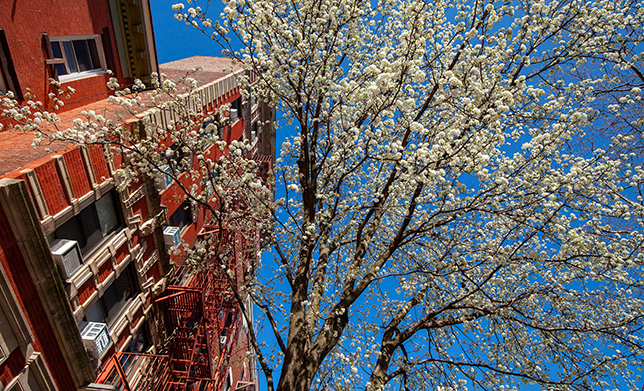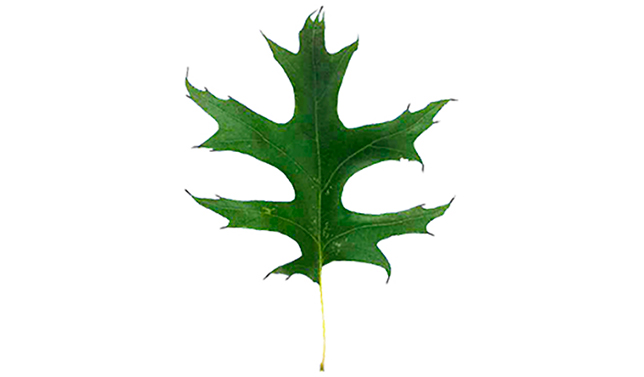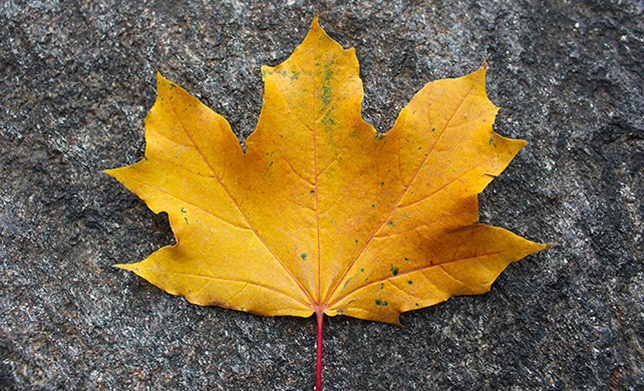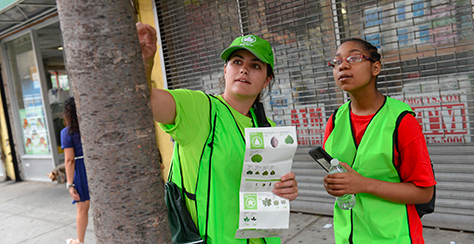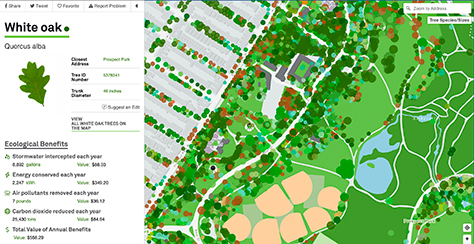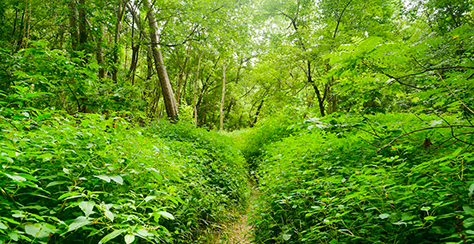Meet the Top Five Most Common Street Trees in New York City
Just like the US Census counts all the people in the country every ten years, we at NYC Parks do a regular count of all the street trees in New York City. TreesCount! 2015-2016, our third street tree census, brought more than 2,200 volunteers together in the largest participatory municipal urban forestry project in US history! Unbeleafable!
Our staff and volunteers mapped 666,134 street trees on 131,488 blocks in NYC, walking more than 11,000 miles in the process! The data they collected was used by NYC Parks to create the NYC Tree Map, manage tree care requests, and inform new tree plantings.
Explore all the results of the tree census
Meet the top 5 most common street trees
1. London Planetree
Platanus x acerifolia
The London planetree is an iconic part of the New York City landscape, like the Empire State Building, Brooklyn Bridge, or Unisphere, and just as easy to spot!
- London Planetrees are the most common street trees in NYC! There are more than 80,000 on streets throughout the five boroughs.
- You can recognize these trees by their distinctive camouflage bark and hand-shaped leaves that look like the Parks logo.
- The shedding that gives London Planetrees their camouflage bark helps the fast-growing trees accomodate their larger size.
2. Honeylocust
Gleditsia triacanthos
The second most common tree citywide is the honeylocust!
- Honeylocust trees are so popular because they can tolerate harsh urban conditions including salt runoff, pollution, and drought.
- In fact, they are the most common street tree in Manhattan – almost 1 in 5 Manhattan street trees are honeylocusts!
- These trees have compound leaves, with lots of small leaflets attached to a central stalk.
- Autumn is an especially good time to see these trees, as their leaves turn a golden, honey-yellow color and they have long, brown seed pods that can reach a foot or more in length.
3. Callery Pear
Pyrus calleryana
The third most common street tree in NYC is the Callery pear!
- While you won’t see large fruits like the pears you find in grocery stores, you will see fluffy, cloud-like clusters of white flowers in the spring and dark, reddish purple leaves in the fall.
- Like the other trees on this list, the Callery pear is a hardy tree tolerant of air pollution, soil compaction, and salt runoff.
4. Pin Oak
Quercus palustris
In addition to being the fourth most common tree overall, the pin oak is the most common oak species in NYC.
- Like most oak leaves, pin oaks have leaf parts called “lobes” that are separated from the rest of the leaf by a gap.
- In pin oaks, this gap is especially deep, almost to the center of the leaf, and the tips of the lobes are very pointed.
- You can also pick out pin oak acorns from other acorns by their shallow tops.
5. Norway Maple
Acer platanoides
Rounding out the top 5 most common street trees is the Norway maple.
- These leaves have the classic maple leaf shape and change yellow very late in the fall, often in late November.
- Norway maples are also easy to identify in springtime because they sprout greenish yellow blossoms well before other trees.
- Parks no longer plants this fast-growing tree, which turns out not to hold up well to the rigors of urban life. It can spread to nearby forests and disrupt natural ecosystems, so we keep an eye on our existing Norway maples and don’t include them in new plantings.
Want to help NYC’s street trees? Tree-rific!
- Volunteer at an upcoming Street Tree Care event!
- Become a Super Steward and receive training, tools, and other resources from Parks so you can work on your own and even train your friends and neighbors!
Explore More
Celebrate NYC's trees! Learn more about our street trees, trees in our landscaped parks, and our forested areas.
NYC Street Tree Census
Dig into the data! Read the results of our most recent census and discover more tree facts!
NYC Tree Map
Virtually meet every single tree we manage and explore their ecological benefits.
Forests in New York City
New York City is home to 10,000 acres of forests -- that's 12x the size of Central Park.

